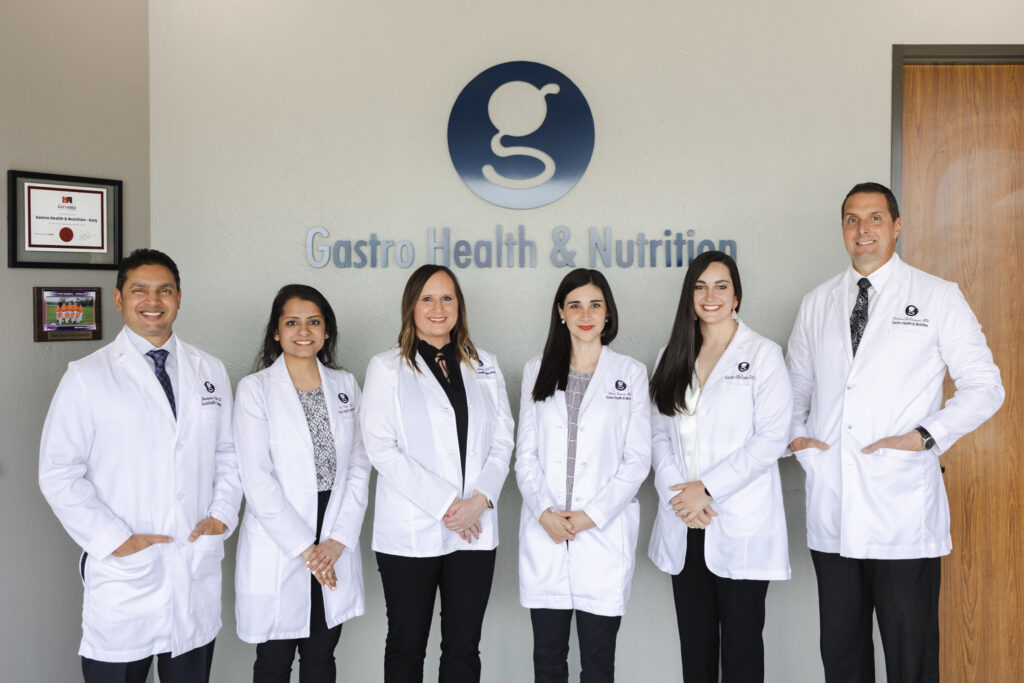FODMAP Diet Guidance in Sugar Land, Texas
Find Relief From Digestive Problems With a Specialized Diet


Having Digestive Problems in Sugar Land, Texas?
Why Choose Gastro Health & Nutrition for FODMAP Diet Support?
Personalized Food Guidance
Step-By-Step Reintroduction Process
Professional Support Throughout
What Our Low FODMAP Program Includes
Our approach helps you reduce symptoms without giving up balanced nutrition.
Detailed Elimination Guidance
We explain which high FODMAP foods to avoid like apples, onions, garlic, wheat, and select dairy products.
Careful Food Reintroduction Planning
Once symptoms improve, we guide you through the reintroduction of one food at a time to check your tolerance.
Long-Term Diet Customization
We’ll help you develop a personalized diet that maintains comfort while keeping meals enjoyable and healthy.
How We Help You Through the FODMAP Diet
Our Sugar Land team is with you every step of the way, from the first appointment to long-term success.
Initial Consultation and Symptom Review
Elimination Phase
Reintroduction and Maintenance
Patient Success Stories From Our Sugar Land Clinic
Take Control of Your Gut Health Sugar Land TX!
FODMAP Diet FAQs
Have questions about how the FODMAP Diet works? Here’s what you need to know before getting started.
What are FODMAPs?
FODMAPs are short-chain carbohydrates that ferment in the digestive tract and can cause gas, bloating, and pain.
Who should try the Low FODMAP Diet?
It’s commonly recommended for people with IBS, unexplained bloating, chronic diarrhea or constipation, or food-related discomfort.
How long do I stay on the elimination phase?
Most patients stay on the elimination phase for about 6 to 8 weeks before reintroducing foods.
Is the FODMAP Diet a lifelong diet?
No. The goal is to find your specific food triggers and then build a long-term diet that works for your body.
What foods are high in FODMAPs?
These include items like apples, garlic, wheat, dairy, beans, lentils, and sweeteners like sorbitol and honey.
Is the FODMAP Diet safe?
Yes, as long as it’s done with guidance to avoid nutrient gaps and make sure your reintroduction phase is well managed.
